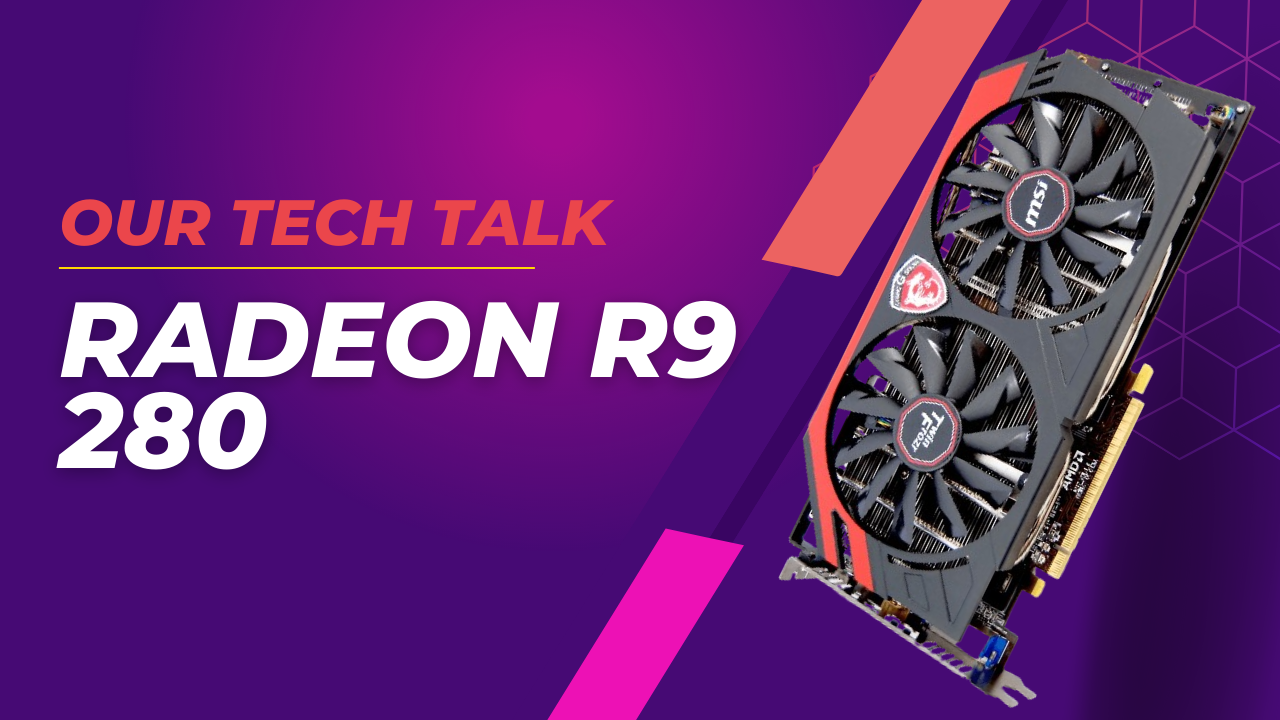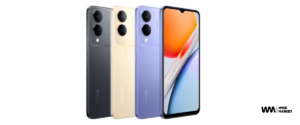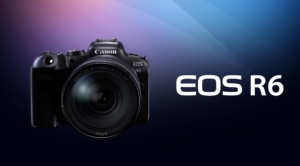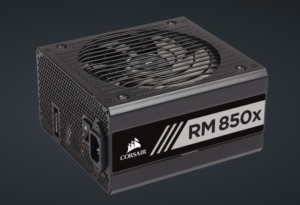A Comprehensive Exploration of the Radeon R9 280 Graphics Card’s Power and Performance
- 1 Specifications Of Radeon R9 280 Graphics Card
- 1.1 What is in the box?
- 1.2 Overall Performance
- 1.3 Effects on Video Games
- 1.4 Architecture Of Radeon R9 280 Graphics Card
- 1.5 Radeon R9 280 Graphics Card Memory Configuration
- 1.6 Clock Speeds and Boost Clock
- 1.7 Mantle API Support
- 1.8 TrueAudio Technology
- 1.9 Features
- 1.10 Radeon R9 280 Graphics Card Pros and Cons
- 1.11 Should I buy Radeon R9 280?
- 2 Final thoughts and comparison
- 3 Conclusion
- 4 Frequently Asked Questions
It took AMD some time to transfer its original GCN GPUs from the HD 7000 series to the new family that includes Hawaii-based cards, but this review covers the AMD Radeon R7 and R9 200-series from the R7 260X to the R9 295X2. Stock of the R9 280, a redesign of the HD 7950 Boost, has just arrived at stores and our labs despite its quiet announcement. We’ve found it for £175, however the R9 280X is roughly £200 or £190, so it’s priced similarly to previous SKUs. Nearest Nvidia card is the GTX 760, at £165.
AMD debuted the Radeon R9 280 in 2014, a popular graphics card among gamers and PC builders. This GPU combines power, affordability, and unique features to deliver high-performance gaming. We’ll examine the Radeon R9 280’s specs, performance, and gaming impact in this article.
Specifications Of Radeon R9 280 Graphics Card
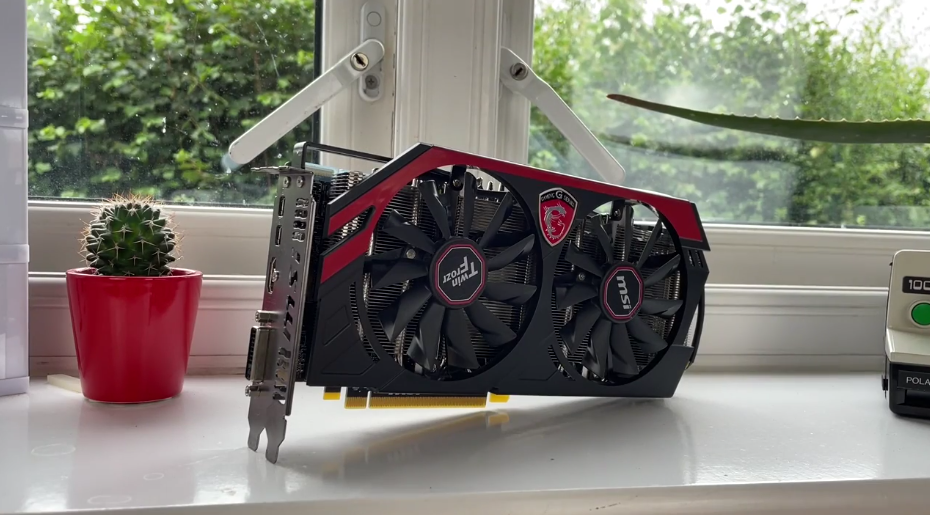
| GPU | AMD Radeon R9 280 |
| Architecture | GCN (Graphics Core Next) |
| Stream Processors | 1792 |
| Memory | 3 GB GDDR5, 384-bit interface |
| Clock Speeds | 827 MHz base, up to 933 MHz boost |
| Display Outputs | DVI-I, DVI-D, HDMI, DisplayPort |
| Features | TrueAudio, CrossFire, Eyefinity, and Mantle API support |
| Power | Max TDP around 200 watts, 1 x 6-pin, 1 x 8-pin power connectors |
| Dimensions | Approx. 10.5 inches, dual-slot design |
| Manufacturing Process | 28nm TSMC |
What is in the box?
- GPU and cooling solution are the primary parts.
- Instructions for installation, setup, and basic troubleshooting.
- Contains graphics card drivers and installer software. Nowadays, manufacturers advocate getting the latest drivers from their websites.
- The box may include PCIe 6-pin or 8-pin adapters for graphics cards that need more power.
- Adapters like DVI to VGA or DisplayPort to HDMI may be needed depending on the card and manufacturer.
- Some manufacturers include graphics card brands logo stickers or badges for system customization.
Overall Performance
When introduced, the Radeon R9 280 was a great mid-range GPU. It ran popular games of the day and performed well at 1080p. Thanks to 3 GB of GDDR5 visual RAM, modern games can use higher-resolution textures. The graphics card shined with AMD’s Mantle API, which optimizes graphics rendering. Finally, the R9 280 supported AMD’s TrueAudio technology, making compatible games sound better.
Effects on Video Games
Radeon R9 280 made a major sensation in the gaming community since it offered a powerful affordable choice. It was a turning point in AMD’s mid-range GPU competition with NVIDIA when the company offered more options and innovated. Newer graphics cards have greater specs than the R9 280 due to rapid technological improvement. But its reputation as a good alternative for thrifty gamers and those looking to build a decent gaming rig without going into debt remains.
Architecture Of Radeon R9 280 Graphics Card
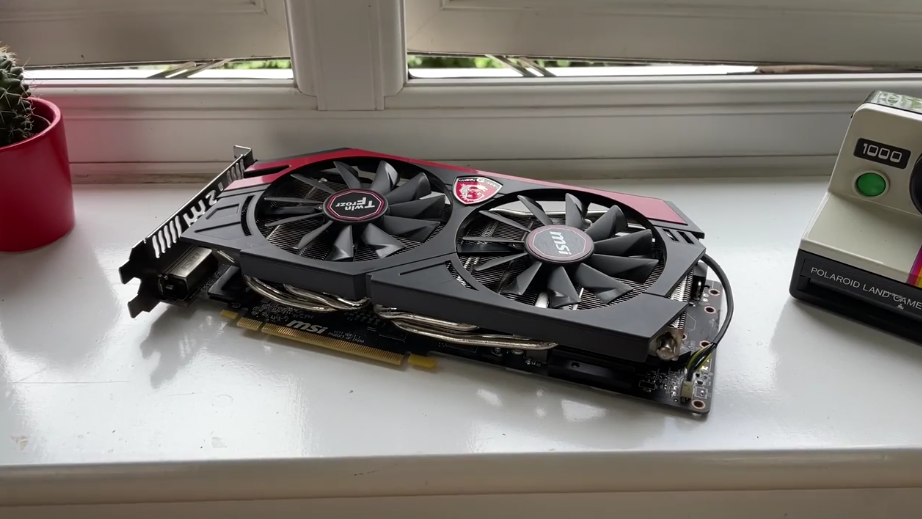
With Graphics Core Next (GCN) architecture, the Radeon R9 280 changed AMD GPU design. The GCN architecture’s parallel processing was ideal for graphics rendering’s complex computations. AMD’s 1792 stream processors in the R9 280 showed its commitment to high-performance graphics for gamers and content makers.
Radeon R9 280 Graphics Card Memory Configuration
Graphics card characteristics included a 384-bit memory interface and 3 GB GDDR5 video memory. The GPU and memory transported data more effectively with this design, improving performance. The large quantity of video RAM made gaming at higher resolutions and processing big graphics easier, making the experience more fluid.
Clock Speeds and Boost Clock
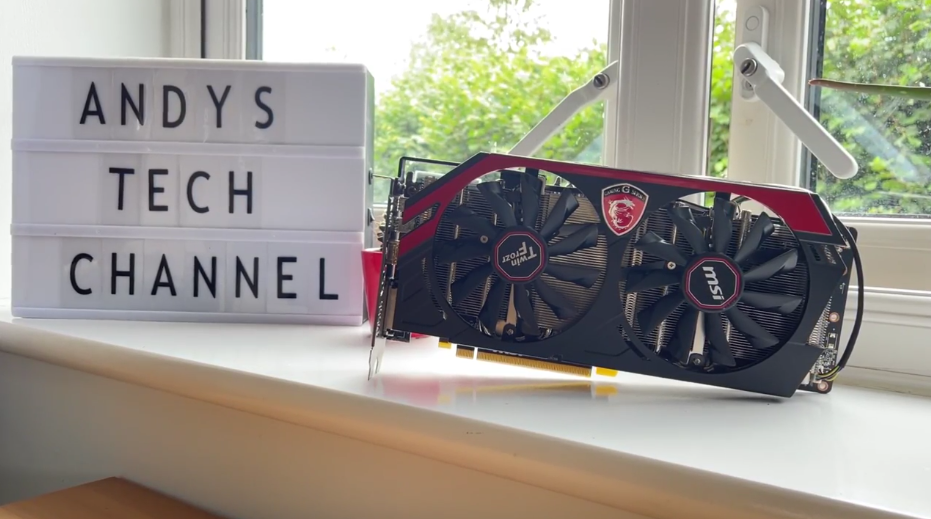
Radeon R9 280’s 827 MHz base clock speed ensured good performance. The card’s boost clock can reach 933 MHz in extreme cases. Due to its efficient architecture and high clock speeds, the GPU handled severe graphics demands and provided competitive gaming performance for its pricing.
Mantle API Support
AMD Mantle API support was a Radeon R9 280 feature. Mantle gives game developers lower-level, direct GPU access to boost performance and efficiency. Despite its limited adoption, Mantle showed AMD’s dedication to developing new gaming technologies.
TrueAudio Technology
AMD TrueAudio compatibility was another R9 280 feature. TrueAudio offloaded CPU audio processing to the GPU to improve game audio. This enhanced system speed and enabled more realistic audio effects in supported games, making gaming more immersive.
Features
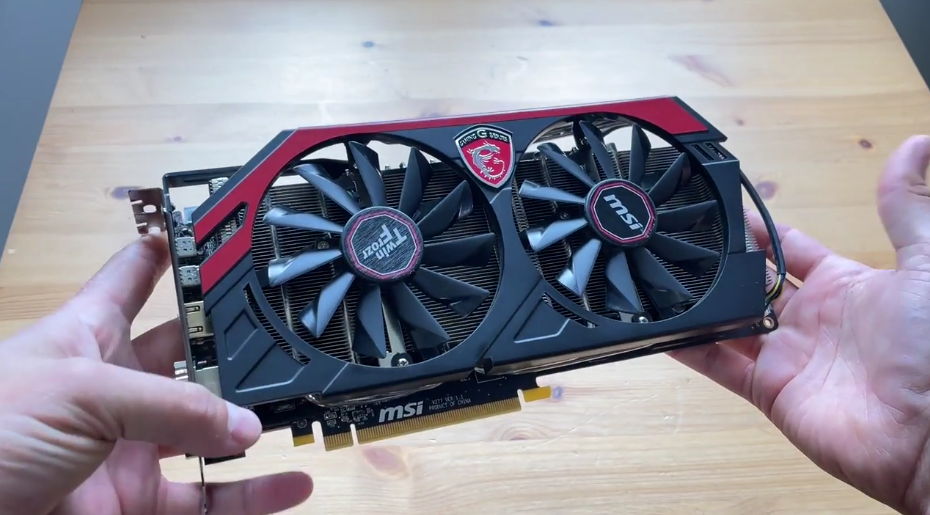
- Designed for parallel processing with Graphics Core Next.
- Many stream processors boost graphics performance.
- High-resolution graphics and demanding programs require ample video memory.
- A wide memory interface improves performance and data transfer.
- The base clock is 827 MHz, boost clock is 933 MHz.
- It uses AMD’s Mantle API to produce graphics faster.
- Offloads CPU audio processing to the GPU to improve supported game audio.
- Ability to use multiple GPUs to boost graphics.
- Compatible with AMD’s Eyefinity for multi-monitor gaming.
- Uses 1 x 6-pin and 1 x 8-pin PCIe power connectors with a 200-watt maximum board power.
Radeon R9 280 Graphics Card Pros and Cons
| PROS | CONS |
| Budget-conscious gamers liked the Radeon R9 280 because it performed well at a low price. | The card needed a 6-pin and 8-pin PCIe power connector because of its high power consumption. This may disadvantage low-capacity power supply. |
| High-resolution visuals and demanding gaming scenarios were handled by the 3 GB GDDR5 video RAM, making gaming smoother. | Unoptimized cooling solutions caused some R9 280 models to generate more heat and noise under load. |
| AMD’s GCN architecture improved graphics processing efficiency, demonstrating its ingenuity and performance. | |
| The R9 280 supported AMD’s Mantle API to boost graphics rendering efficiency and game performance. | |
| For more immersive audio in compatible games, TrueAudio technology offloaded CPU audio processing to the GPU. |
Should I buy Radeon R9 280?
If you can obtain the Radeon R9 280 cheaper than later variants, it may be an excellent deal. The Radeon R9 280 may suit older games, casual gaming, and non-gaming tasks. Compare the Radeon R9 280’s pricing and performance to similar graphics cards. Newer budget GPUs may support newer technology and perform better. Make sure your PC case has Radeon R9 280 power ports and space. Newer graphics cards may support the newest games and technology for years.
Final thoughts and comparison
Budget-conscious gamers were drawn to the Radeon R9 280’s Graphics Core Next architecture, 3 GB GDDR5 RAM, Mantle API support, and TrueAudio technology. It may not match the performance of modern high-end GPUs, but it remains a cost-effective option for specific gaming scenarios, especially in the used market. GPU technology has advanced since the Radeon R9 280. Mid-range GPUs like the AMD Radeon RX 5000 series or NVIDIA GeForce GTX 16 series support ray tracing and DLSS and perform well. While the R9 280 may struggle with AAA games at higher settings, it can run older and less demanding games well. The R9 280 may work for budget-conscious or secondary users. Upgrades to a newer GPU are recommended for customers who want the latest features, higher resolutions, and more demanding gaming experiences.
Conclusion
The Radeon R9 280 revolutionized mid-range graphics cards with its low price, high performance, and extensive feature set. Gamers who enjoyed the R9 280 recall it fondly even though there are newer GPUs. As the gaming business advances, the Radeon R9 280 shows that enthusiasts and gamers can now buy high-performance graphics solutions.
Frequently Asked Questions
Is the AMD Radeon R9 280 good for gaming?
Radeon R9 280 has a slightly higher clock speed than its predecessor, but expect the same performance and TDP. Thus, the card is good for 1080p gaming but struggles with modern demanding titles at higher resolutions. GeForce GTX 760 is faster.
When did the Radeon R9 280 debut?
AMD released the Radeon R9 280 performance graphics card on March 4, 2014.
Is R9 280 still supported?
This product is now legacy and will not receive driver updates.

